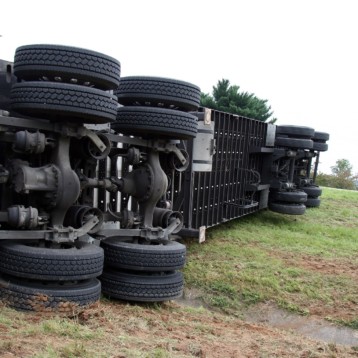|
|
The not too surprising find of the researchers was that the greater a technology’s complexity, the slower it improves over time. The more important part of the research had to do with a way to mathematically model the complexity of a given technology.
According to Jessika Trancik, assistant professor of engineering systems at MIT: “It gives you a way to think about how the structure of the technology affects the rate of improvement,”. Trancik and her team looked at the complexity of different technologies from transistors to coal powerplants. They have tracked how these technologies improve over time, either through reduced cost or better performance, and, develop a model to compare that progress to the complexity of the design and the degree of connectivity among its different components.
The new research might help policymakers decide where to invest and in what types of technologies in order to see the fastest advance in the shortest time span. The researchers also found that certain patterns of interconnection can create bottlenecks in technology advancement, causing the pace of improvements to start and stop rather than advance in a steady rate.
According to Trancik We developed a theory that showde why we see the rates of improvement that we see”. The next step will be to perform empirical analysis of many different technologies to gauge how effective the model is in practice. At present the new method is most useful for comparing two different technologies “whose components are similar, but whose design complexity is different.” For example, the analysis could be used to compare different approaches to next-generation solar photovoltaic cells, says Trancik. The method can also be applied to processes, such as improving the design of supply chains or infrastructure systems. “It can be applied at many different scales,” she says.
More information on Jessika Trancik’s reaserch can be found on her original paper.











